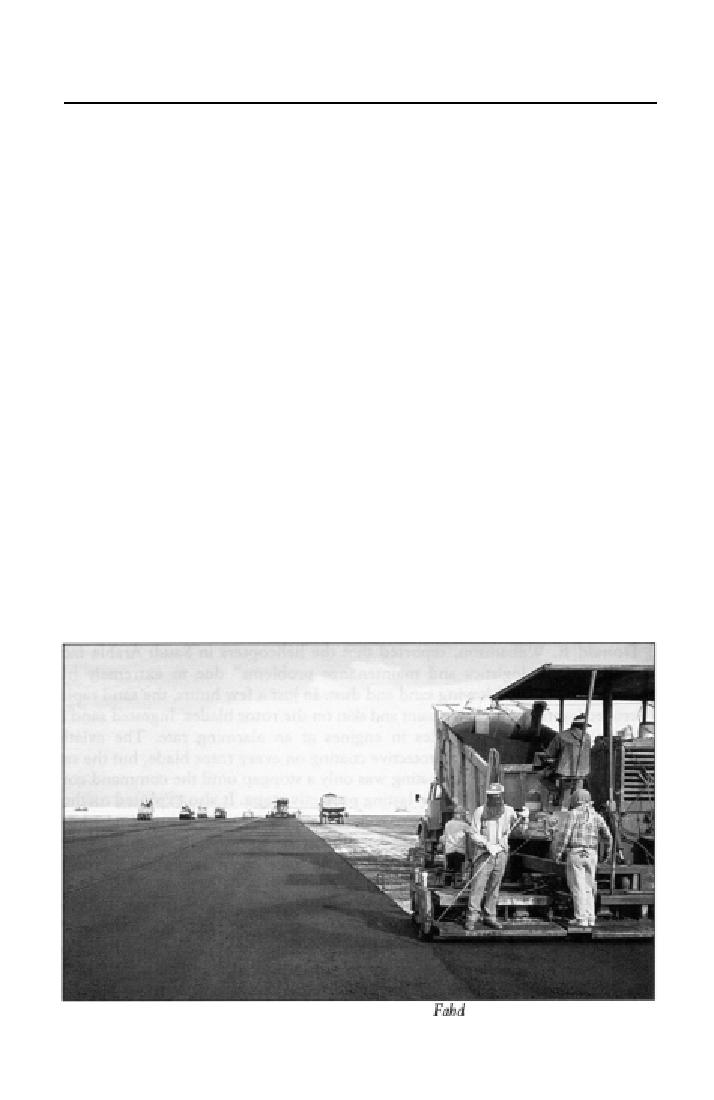
130
U.S. Army Engineers in the Gulf War
In response to the problem addressed by Williamson, MEAPO(SWA)
awarded some major contracts for helipad and heliport construction. In late
September, ARCENT directed the construction of heliports at various locations,
and MEAPO issued the solicitation package on 28 September 1990.
MEAPO(SWA) personnel began, drafting plans for a 125-helicopter helipad at
Thadj on 24 September after learning that the 20th Engineer Brigade was
prepared to do the work but lacked a plan of construction. On 3 October, they
reviewed the draft plans with the brigade, and a few days later the plan went to
the ARCENT engineer for approval. Using M-19 matting, the 20th Engineer
Brigade constructed helipads at Thadj and Jelady for approximately 100
helicopters of the 24th Aviation Brigade. MEAPO provided an equipment
leasing package to augment the engineer brigade.39
In response to the ARCENT commander's directive to move helicopters
forward and a Saudi requirement to vacate Dhahran air base's flight line,
ARCENT initiated a program in November to construct temporary standard
heliports at nine sites, including King Fahd International Airport. Through an
agreement with the Saudi Arabian government, construction began on a facility
for roughly 100 helicopters from the 18th Aviation Brigade at the Dhahran air
base to be completed by 15 November. Space for another 100 helicopters was
scheduled for completion by 15 December. The austere facility would include
a 6-inch compacted aggregate base, a 2-inch asphalt overlay, helipad markings,
and helicopter tiedowns. CENTCOM approved 11 such projects at nine
separate sites, totaling roughly million.
Two asphalt paving machines work side by side at the King
International Airport. Five of
these machines were used simultaneously to handle the daily requirment of


 Previous Page
Previous Page
